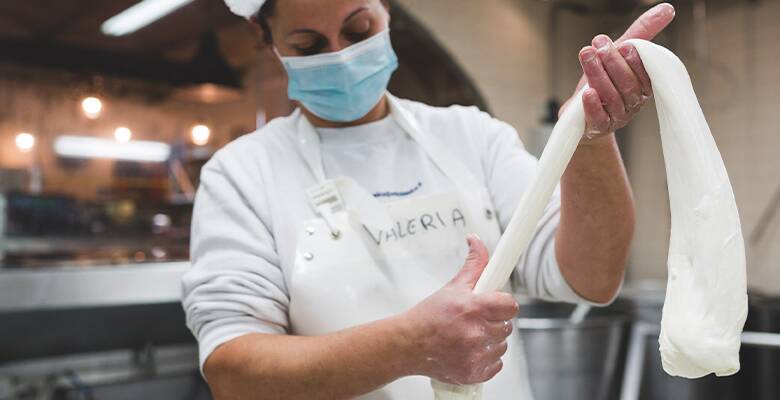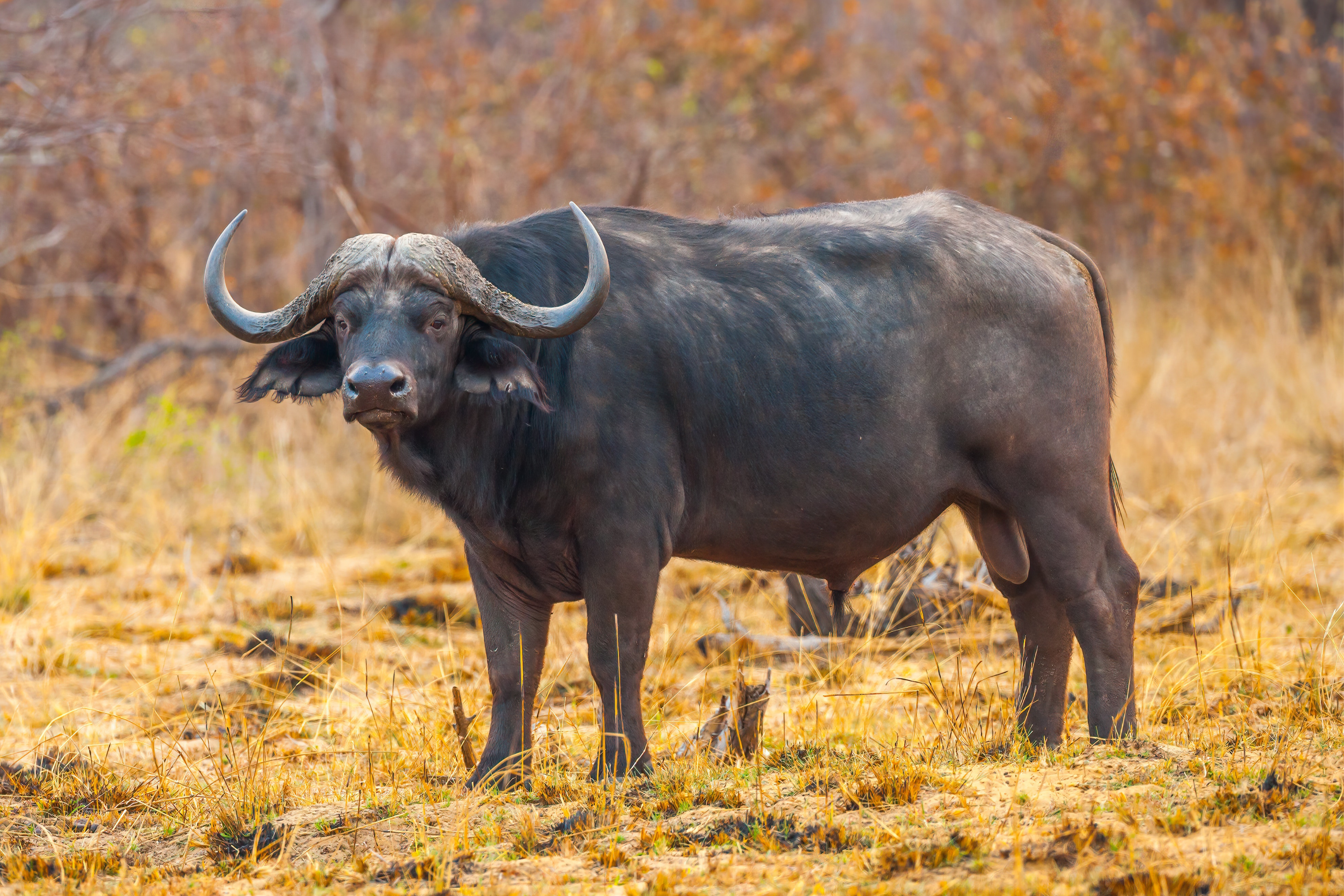The perfect taste experience always requires a combination of the highest quality ingredients and the perfect preparation. Our premium buffalo meat, with its outstanding quality, offers the ideal conditions for a delicious treat. To ensure nothing goes wrong during preparation, we've put together a few tips.
Buffalo meat It has shorter meat fibers and contains significantly less fat. Therefore, it reaches its cooking point more quickly. With buffalo meat, the flavor is not the fat, as is usually the case, but rather the meat fiber itself. We recommend removing the buffalo meat from the refrigerator approximately two hours before cooking to allow it to reach room temperature. If the meat has been flash-frozen, it can be removed from the freezer a day in advance and thawed in the refrigerator.

Spices: Salt is essential for a great crust. We therefore recommend applying salt generously just before searing, as otherwise the meat will lose a lot of water and become dry and tough.
Quick-fried pieces (filet, Rib-Eye, Roast beef, Rump steak and Sirloin steak)
Our Quick-fried pieces can be best prepared in a pan or on the grill. First, sear the buffalo meat on both sides until a nice crust forms. After searing in the pan, reduce the heat to medium-low and let it rest. When grilling, you can switch to indirect heat. If the pieces are particularly thin, searing or grilling is often sufficient.

For particularly thick cuts, we recommend cooking the meat in the oven at 100-110°C (top and bottom heat) after searing until the desired internal temperature is reached. For optimal results, we recommend using a meat thermometer. Insert the thermometer into the thickest part of the meat, ensuring the tip of the thermometer is positioned directly in the center.
Core temperature guide:
- Rare: 49-51 degrees
- Medium-rare: 52-54 degrees
- Medium: 55-57 Grad
Stewing, low temperature cooking
Some of our cuts are unsuitable for traditional roasting, as their long fibers and high connective tissue content would make them tough. These, however, are perfect for braising or low-temperature cooking. To prepare, sear the meat briefly and quickly in a roasting pan or casserole dish to allow the roasted aromas to develop on the surface. Then deglaze with a little liquid, such as stock, wine, or broth, and finish cooking in a covered pot on the stovetop or in the oven at a moderate temperature (80°C-100°C). The braising process can be continued for several hours until the meat becomes beautifully tender and enhances its flavor.

The following cuts are ideal for stewing:
- Fry: at least 6 hours (top/bottom heat)
- Sauerbraten: at least 6 hours (top/bottom heat)
- Roulade: at least 3 hours
- ragout: at least 2 hours
- Tafelspitz: at least 3.5 - 4 hours
- cheeks: at least 5 - 6 hours
- Buffalo tail: at least 6 - 8 hours
- Buffalo tongue: at least 3 - 4 hours
Note: Since this is a completely natural product, the braising time may take longer depending on the size. One thing is certain, however: the wait is worth it, because with sufficient braising time, the meat becomes buttery tender and develops its intense flavor.






Leave a comment
This site is protected by hCaptcha and the hCaptcha Privacy Policy and Terms of Service apply.